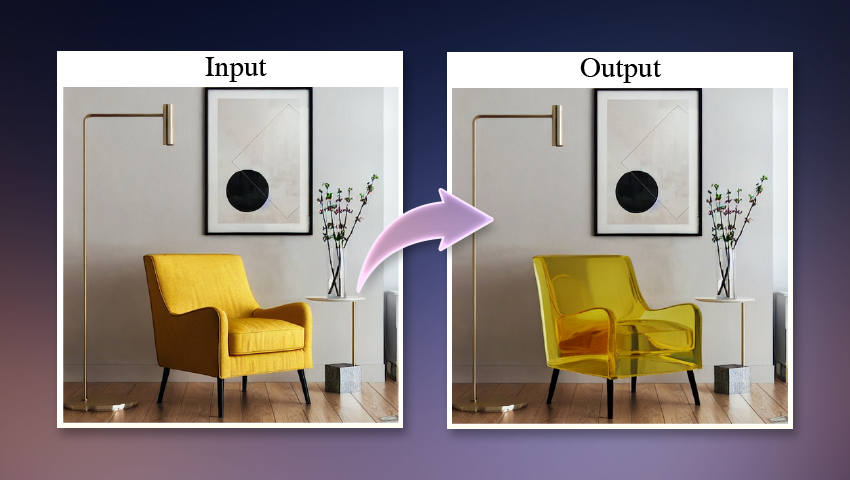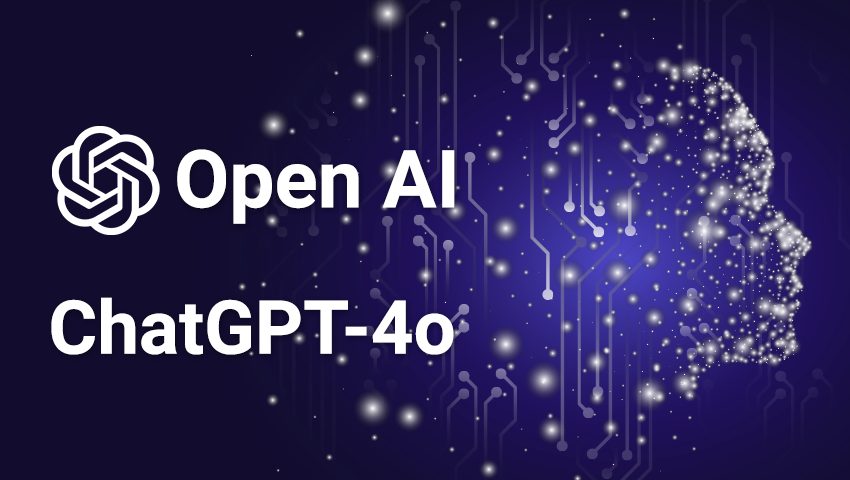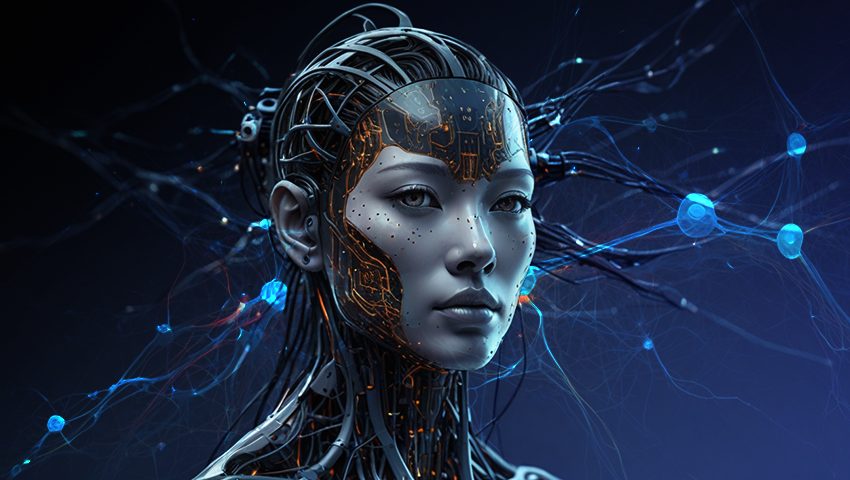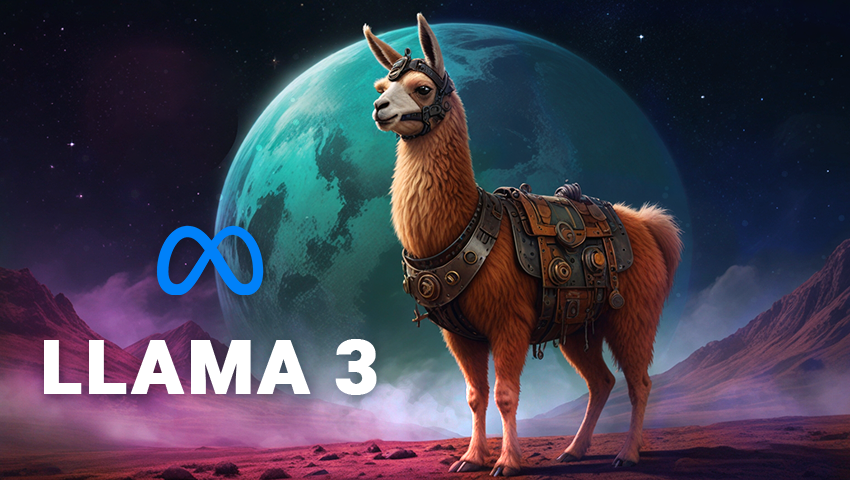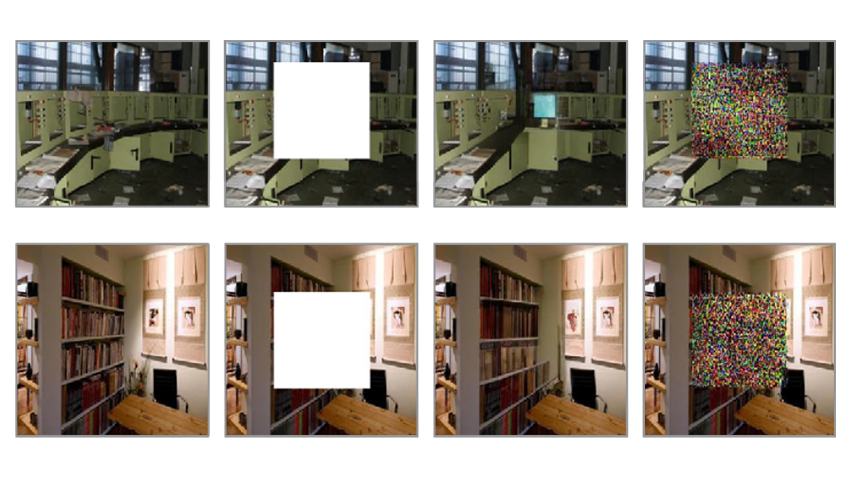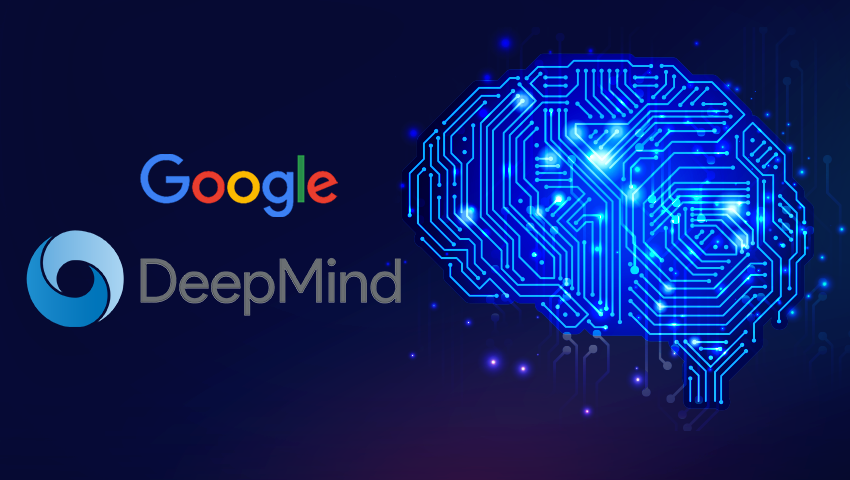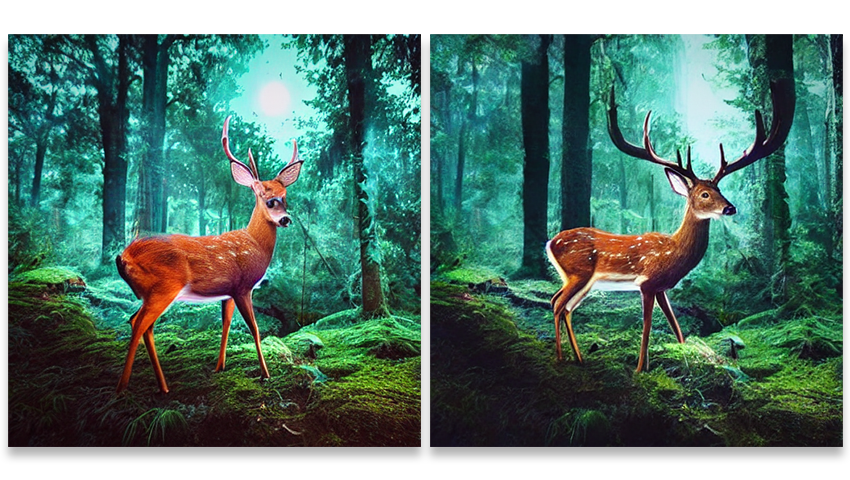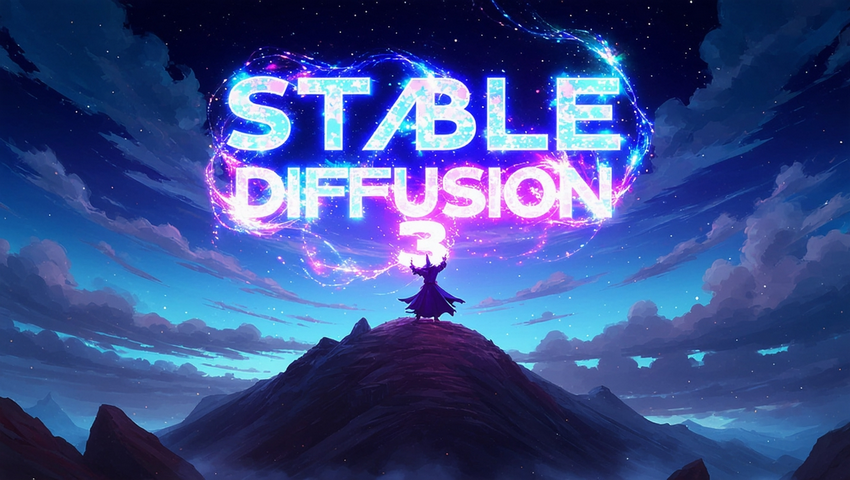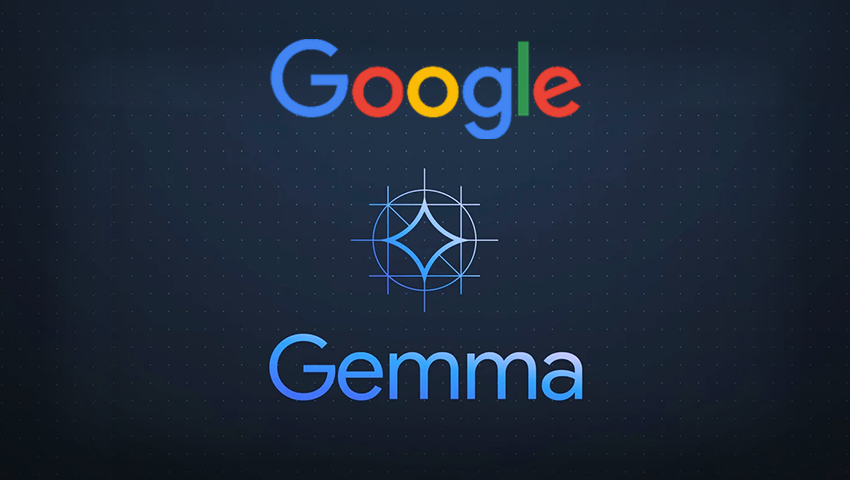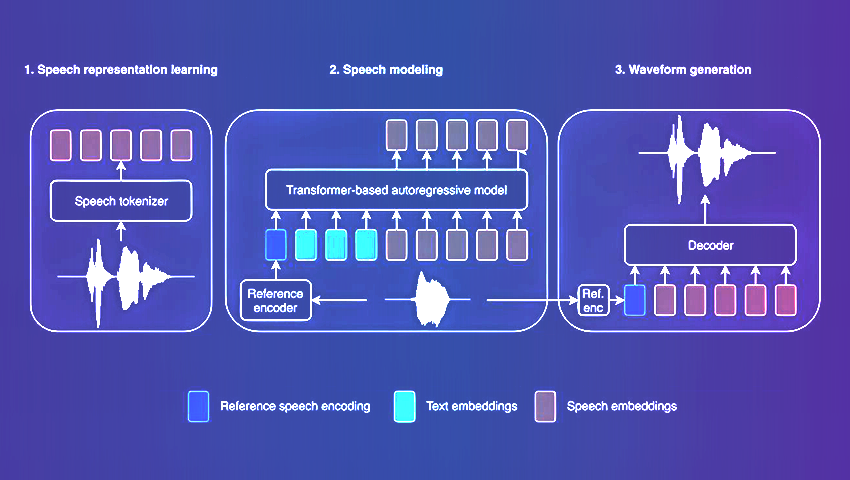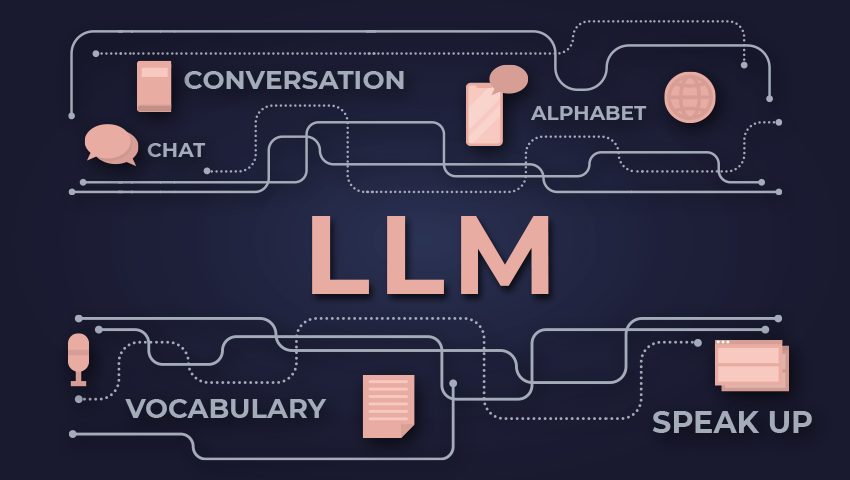Much like the invigorating passage of a strong cold front, major changes are afoot in the weather forecasting community. The end game? An entirely new way to forecast weather based on artificial intelligence that can run on a desktop computer.
Researchers from the MIT Computer Science and Artificial Intelligence Laboratory and Google Research have seemingly performed magic with their latest creation: a diffusion model that can alter the material properties of objects in images.
During the Spring Update event OpenAI’s presented GPT-4о – the unique omnimodel that integrates text, audio and image processing, allowing it to work faster and more efficiently than ever before.
SenseTime Group's latest AI model, SenseNova 5.0, has sparked a surge in market interest with its impressive advancements, including enhanced knowledge processing, mathematical reasoning, and linguistic abilities.
Llama 3, Meta AI's latest advancement, boasts unmatched language understanding, enhancing its capacity for complex tasks. With expanded vocabulary and advanced safety features, the model ensures improved performance and versatility.
Explore the forefront of AI music synthesis with Udio and Suno platforms. Music generators enable users to effortlessly generate full-fledged songs across diverse genres while offering customizable features for experimenting with styles and crafting original melodies in seconds.
Мachine "unlearning" allows generative AI to selectively forget problematic data without extensive retraining. This method can ensure compliance with legal and ethical standards while maintaining creative capabilities of image-to-image models.
Google’s DeepMind developed a new method for long-form factuality in large language models, – Search-Augmented Factuality Evaluator (SAFE). The AI fact-checking tool has demonstrated impressive accuracy rates, outperforming human fact-checkers.
MIT researchers have developed a new framework, simplifying image generation into a single step. The team enhanced existing models like Stable Diffusion, by demonstrating the new framework's ability to quickly create high-quality visual content.
Elon Musk's xAI Corp introduces Grok-1, a new LLM equipped with 314 billion parameters and a Mixture-of-Experts architecture. Released as open source under the Apache 2.0 license, Grok-1 is set to catalyze advancements in AI research.
Stability AI presented the latest advancement in image generative AI models – Stable Diffusion 3. Its expanded parameter range and diffusion transformer architecture ensure smooth generation of complex, high-quality images and accurate text-to-visual translation.
OpenAI's latest creation Sora crafts captivating videos, offering unparalleled realism of visual compositions. Leveraging a fusion of language understanding and video generation the model can interpret text prompts, accommodate various input modalities, and simulate dynamic camera motion.
Drawing inspiration from its predecessor Gemini, Gemma is focused on openness and accessibility, offering versatile models suitable for various devices and frameworks. The model marks a significant step towards democratizing AI while emphasizing its responsible development and transparency.
Amazon's latest TTS model with its innovative architecture sets a new benchmark for speech synthesis. BASE TTS not only achieves unparalleled speech naturalness but also demonstrates remarkable adaptability in handling diverse language attributes and nuances.
MPT-7B offers optimized architecture and performance enhancements, including compatibility with the HuggingFace ecosystem. The model was trained on 1 trillion tokens of text and code and sets a new standard for commercially-usable LLMs.


